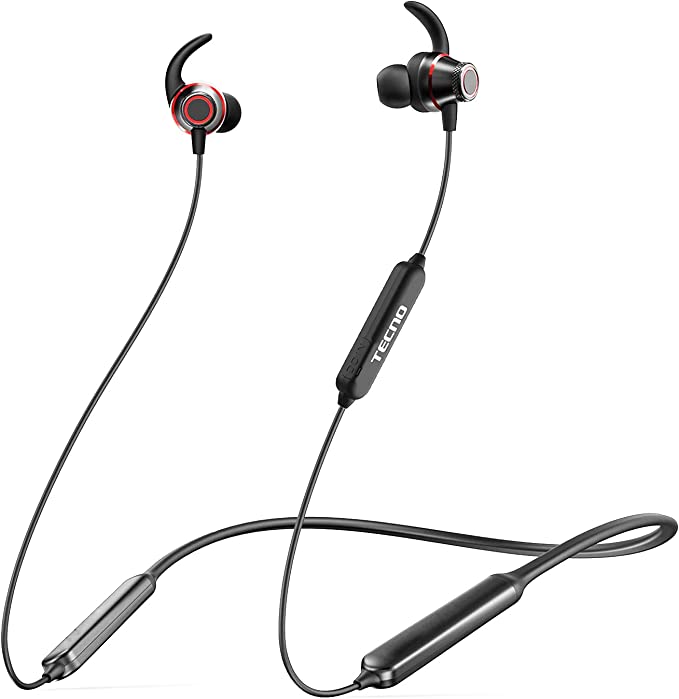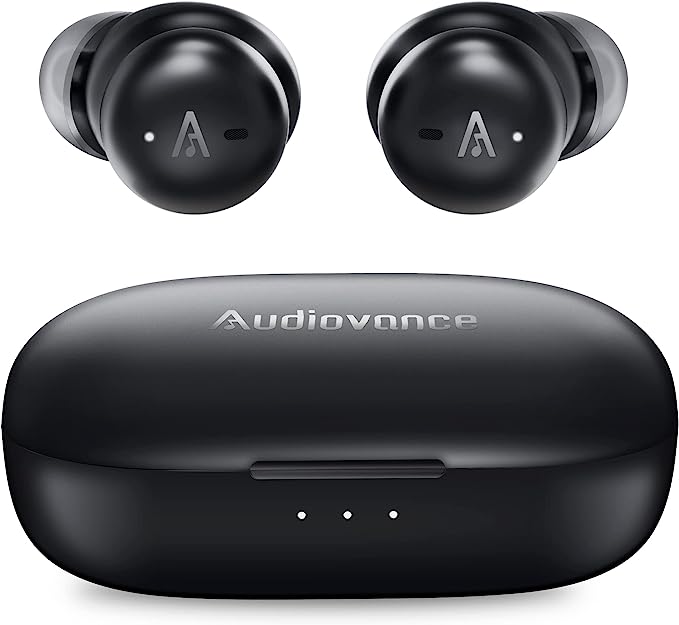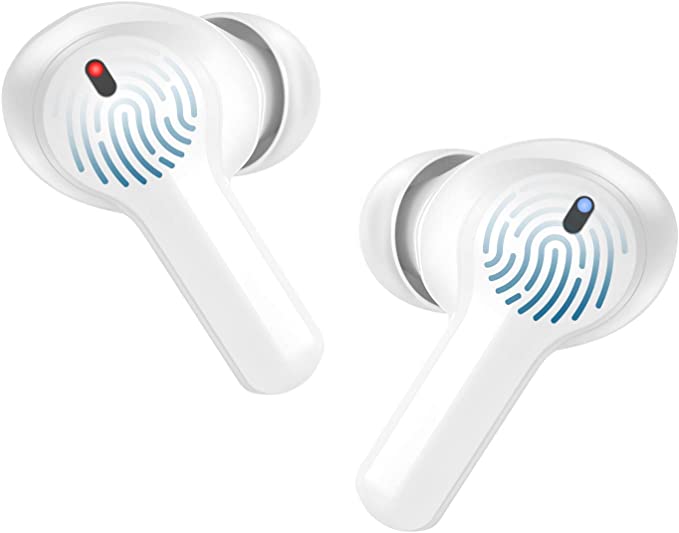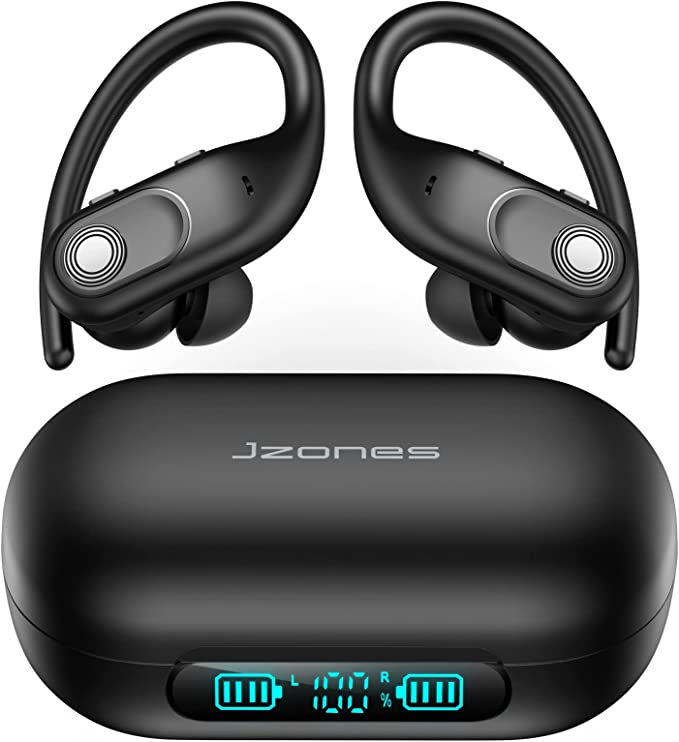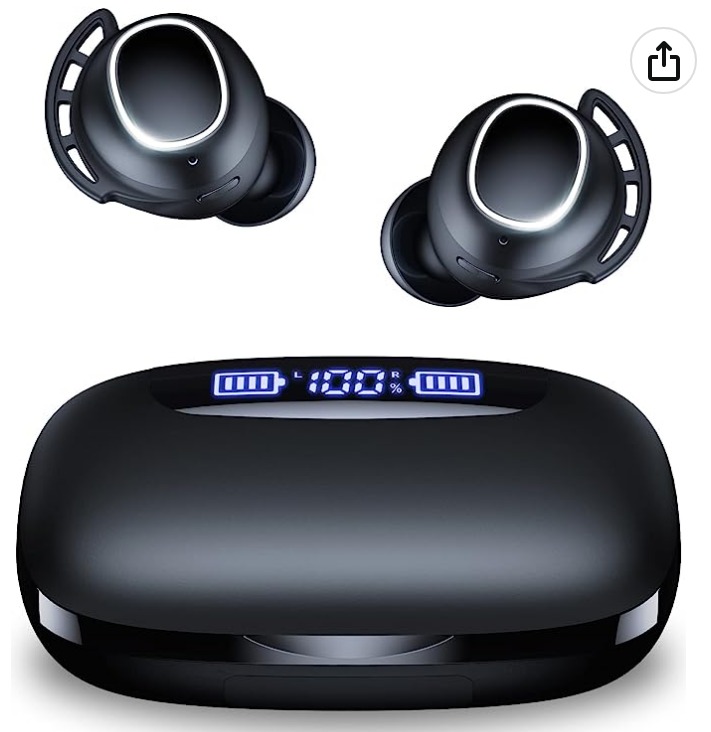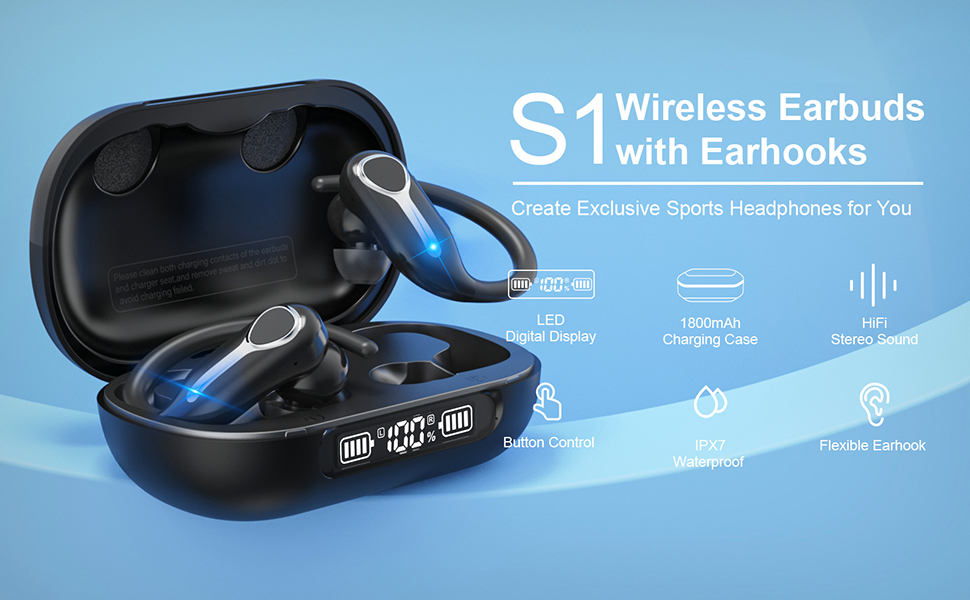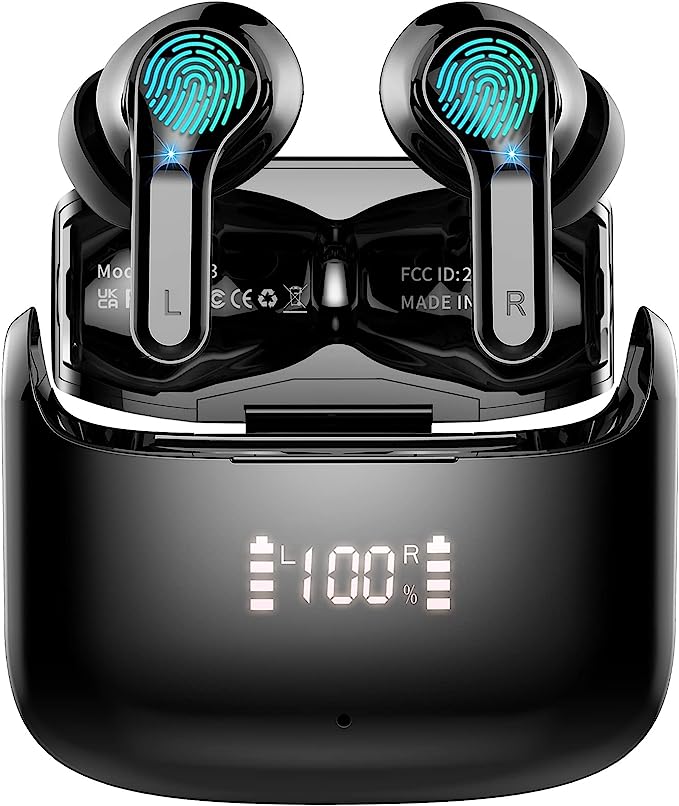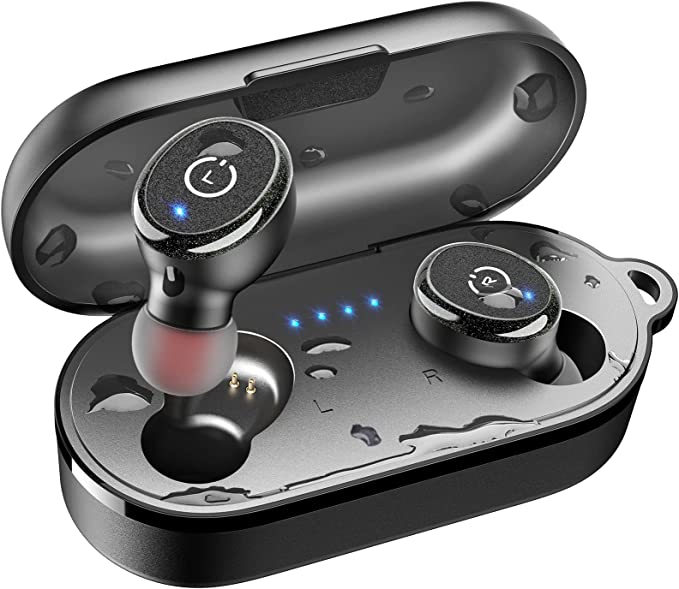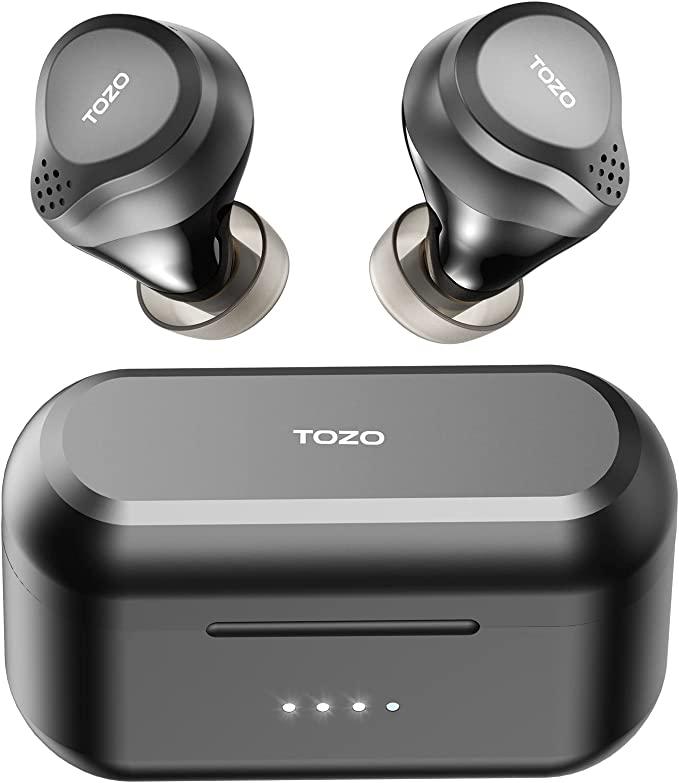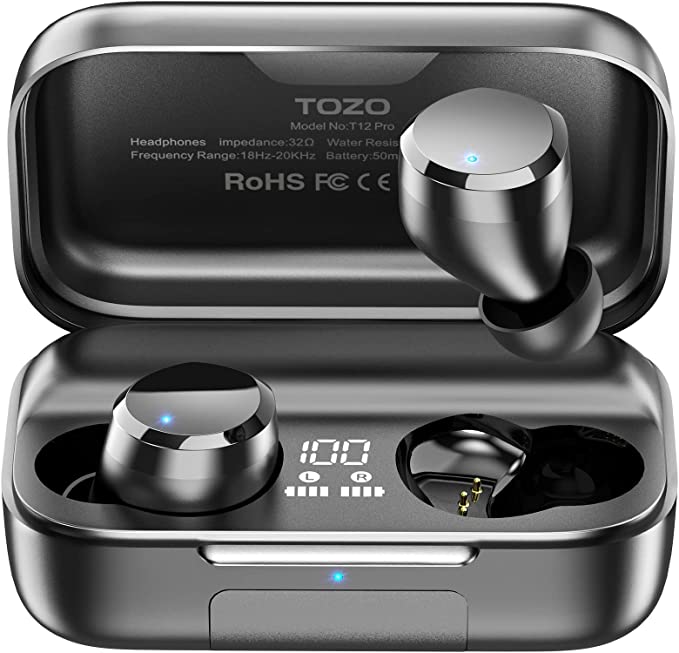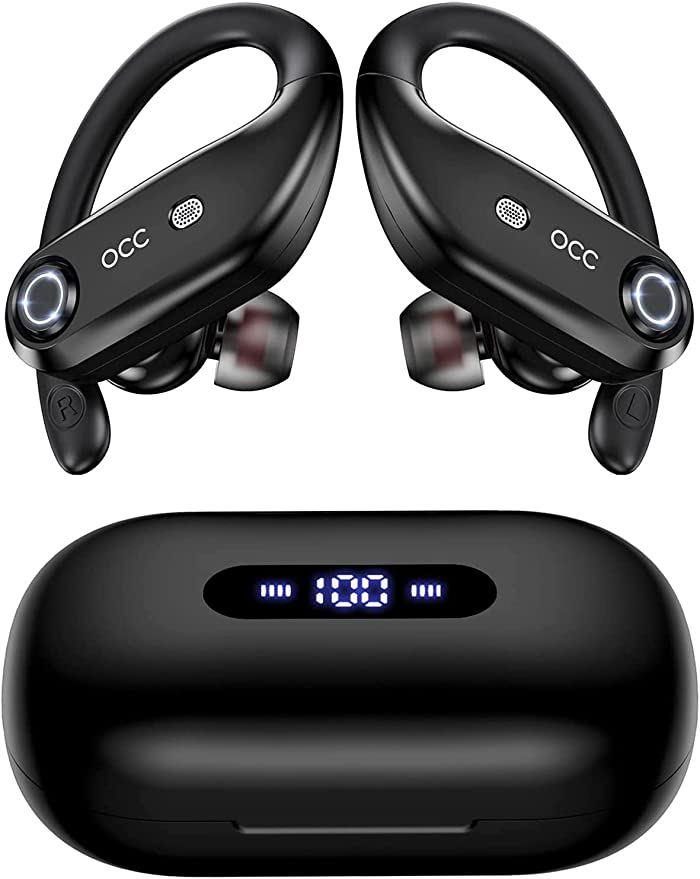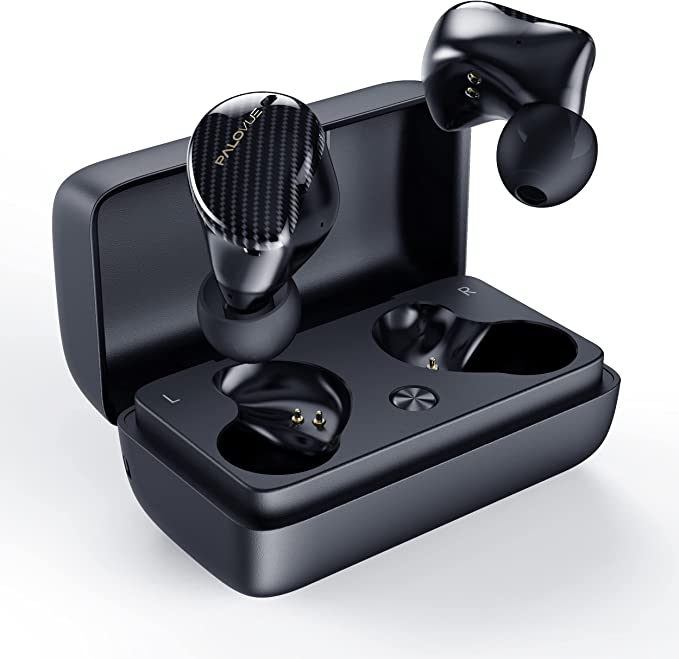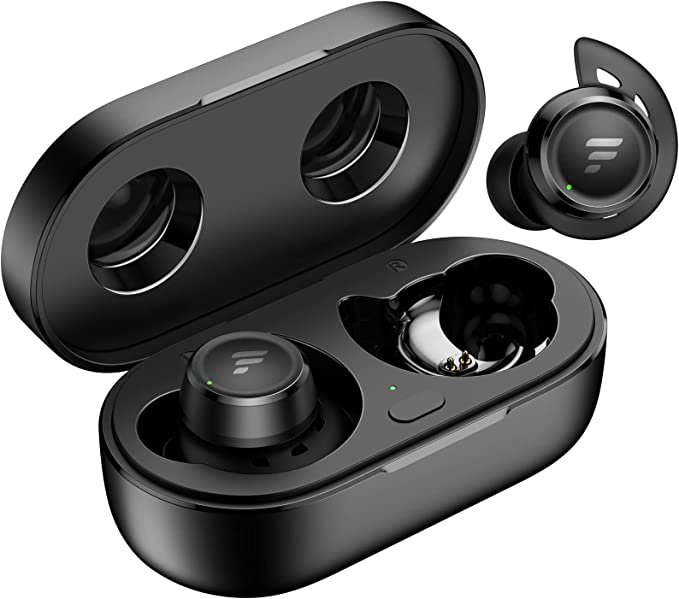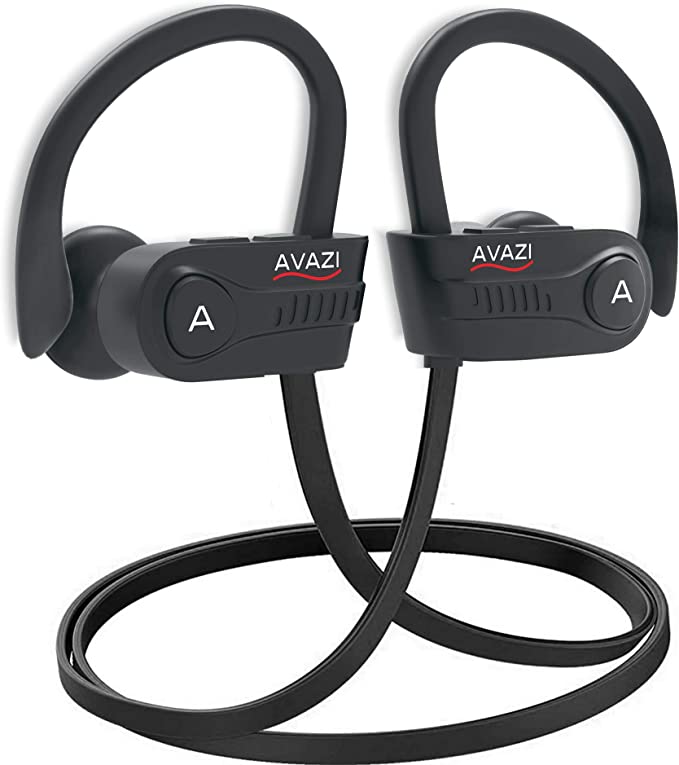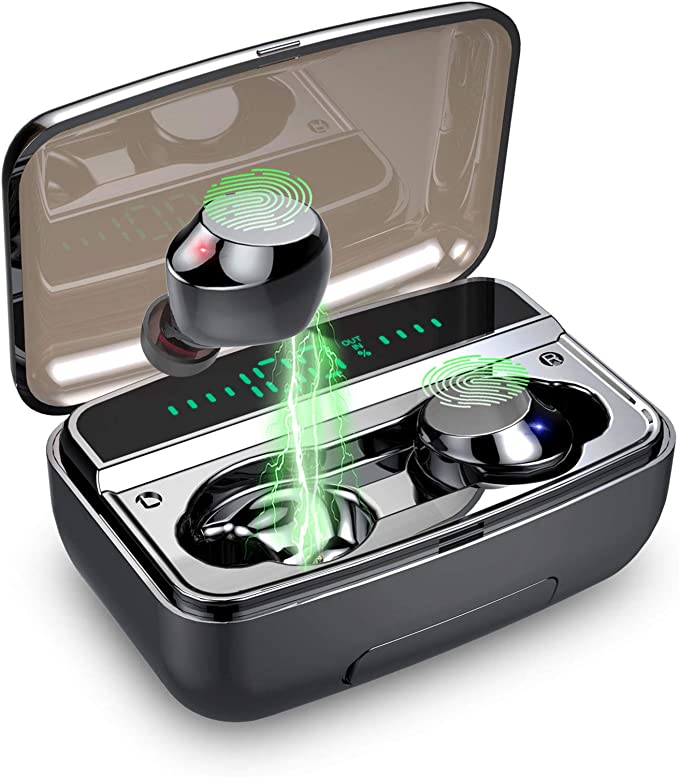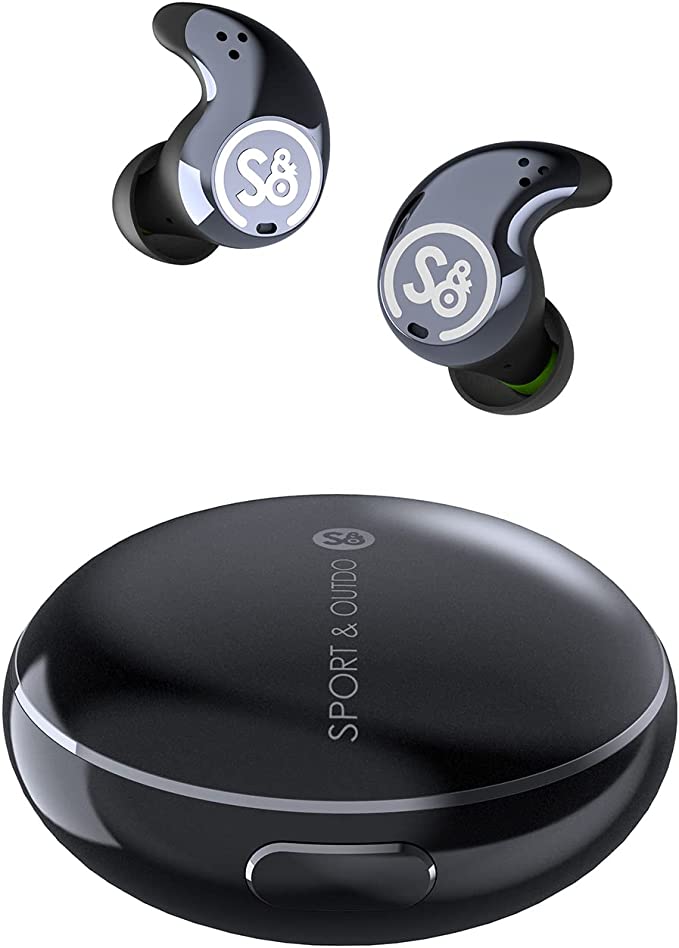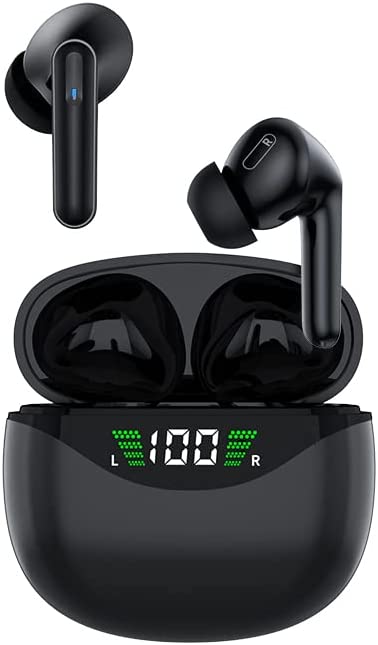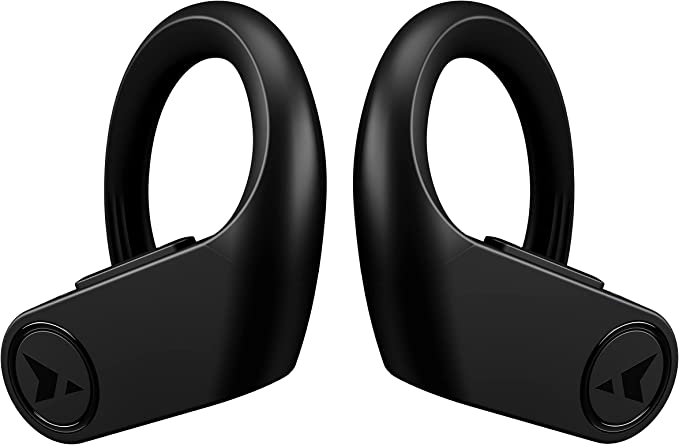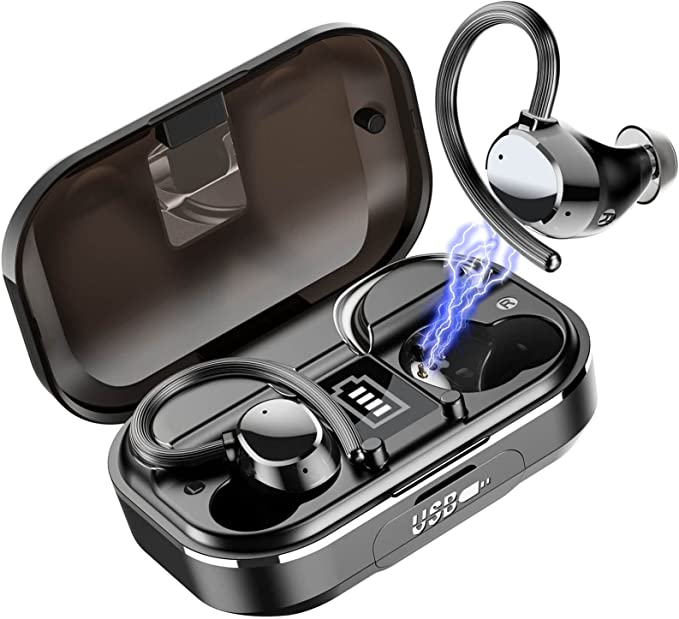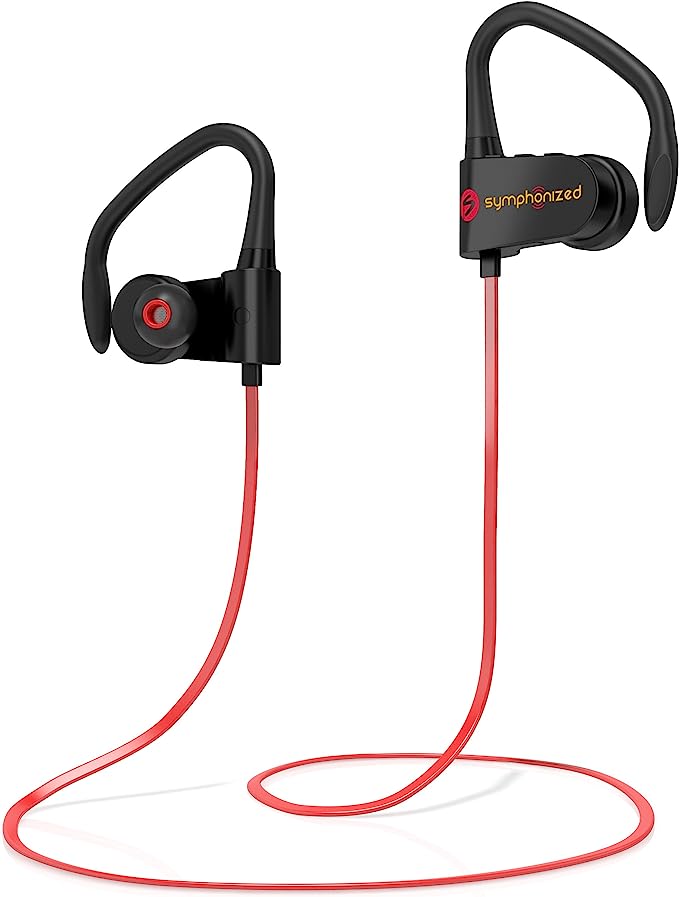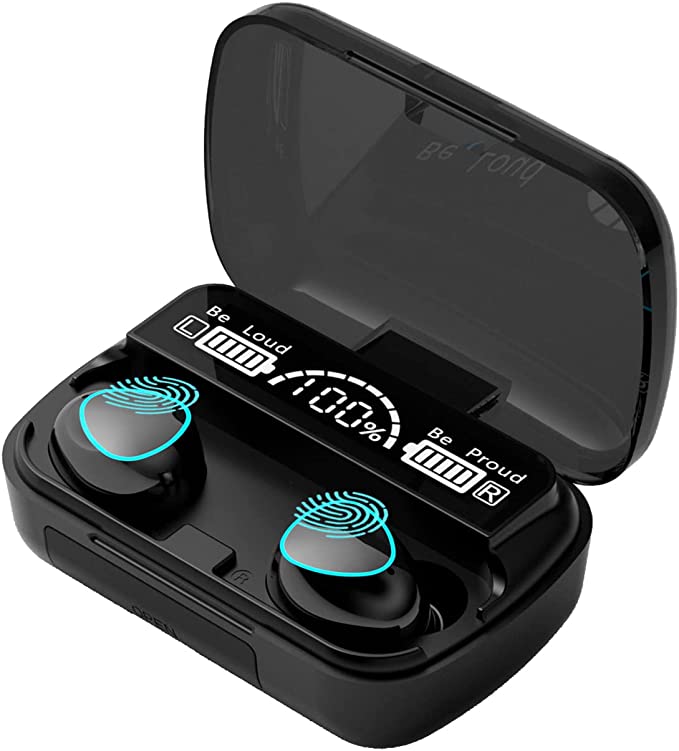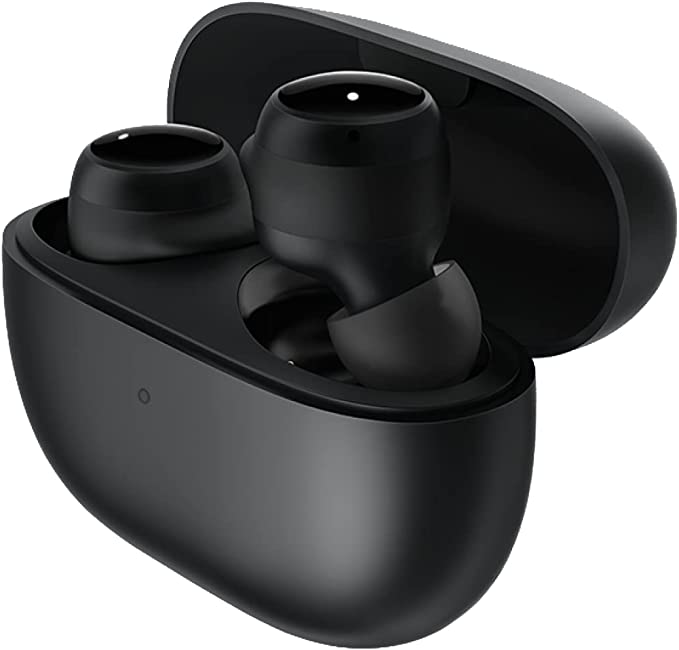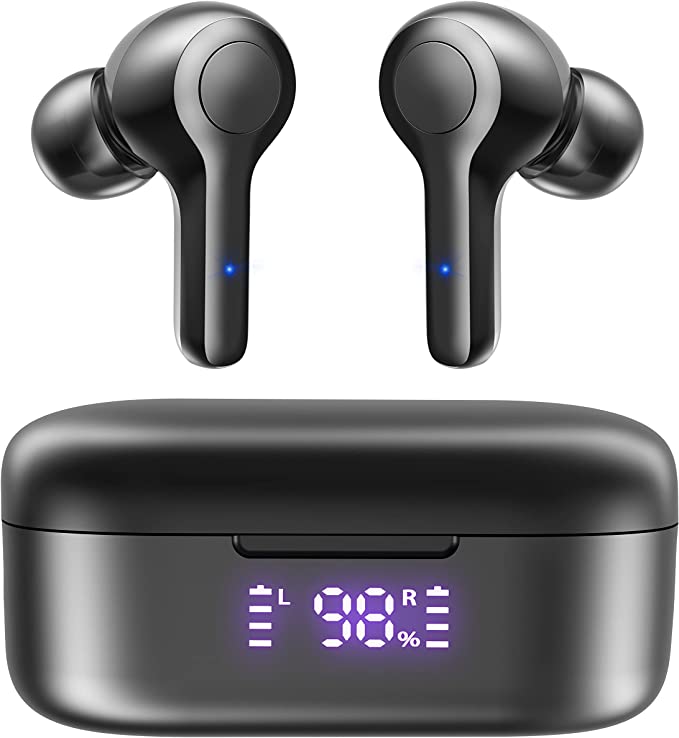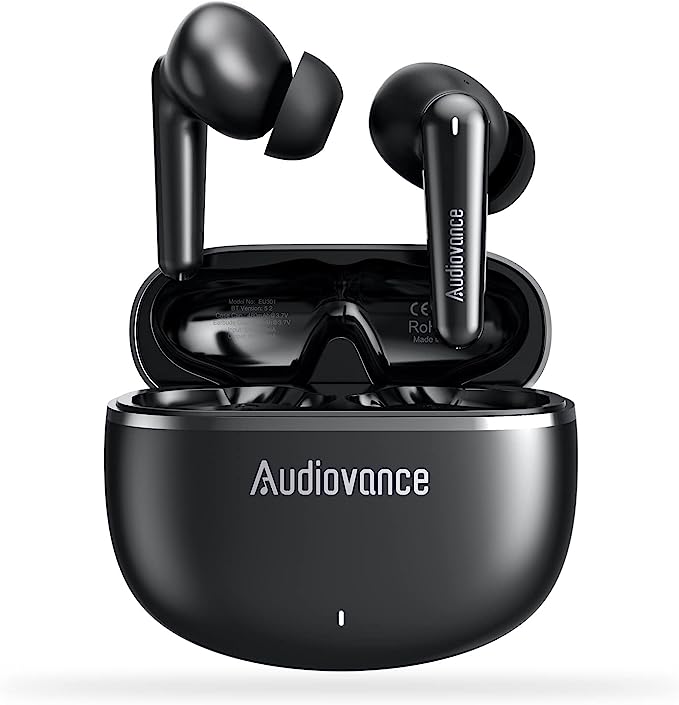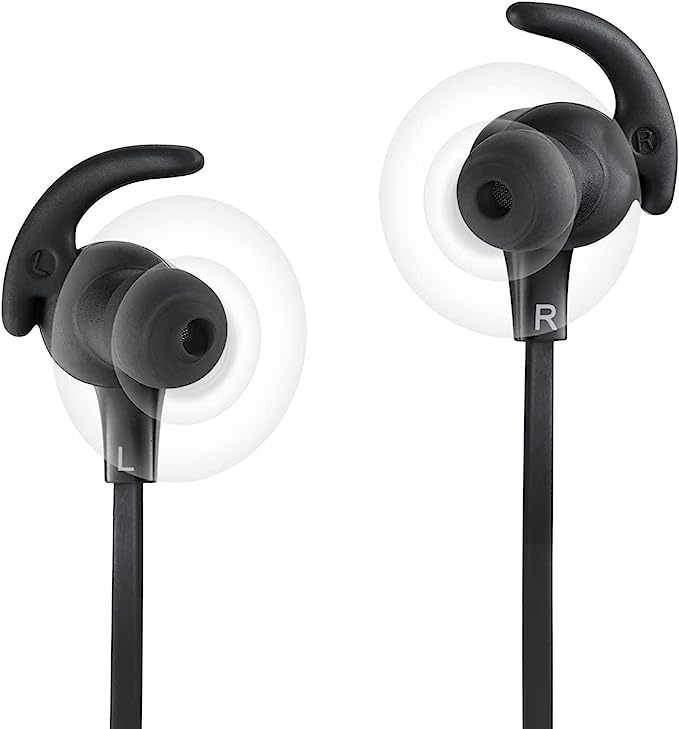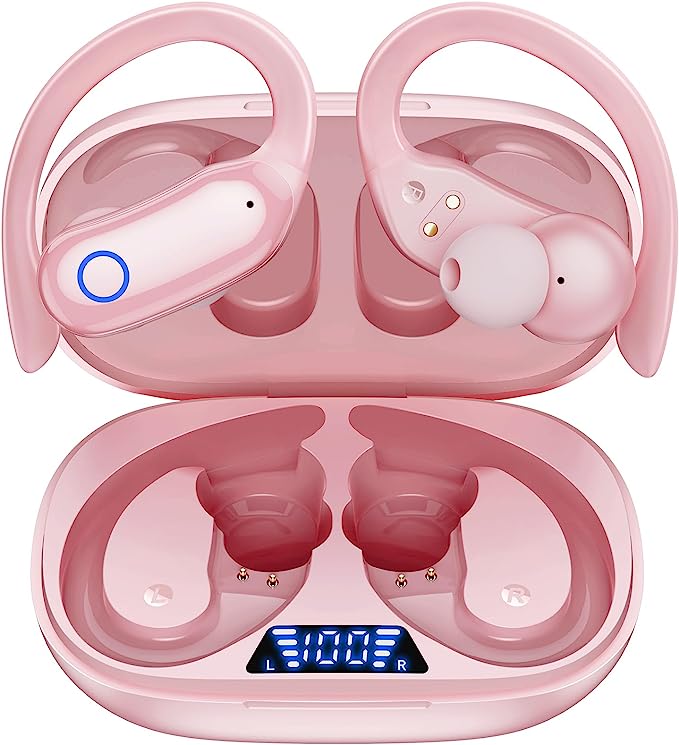Tecno Hipods H3 True Wireless Earbuds: Escape the Noise with ANC
Update on March 20, 2025, 2:26 p.m.
We live in a world saturated with sound. From the gentle chirping of birds to the cacophony of city traffic, our ears are constantly bombarded with auditory information. While some sounds are pleasant and desirable, others – often referred to as “noise” – can be distracting, disruptive, and even detrimental to our well-being. This constant exposure to unwanted noise has fueled a growing demand for technologies that allow us to control our sonic environment, leading to the rise of noise-cancelling headphones and earbuds like the Tecno Hipods H3. But how do these devices work? Let’s embark on a journey into the fascinating world of acoustics and audio technology to find out.

Sound: The Invisible Wave
Before we delve into the specifics of noise cancellation, it’s essential to understand the fundamental nature of sound itself. Sound is, at its core, a vibration that travels through a medium, such as air, water, or solids. These vibrations create pressure waves – alternating areas of high and low pressure – that propagate outwards from the source.

Think of dropping a pebble into a still pond. The impact creates ripples that spread across the water’s surface. Sound waves behave similarly, although they are invisible to the naked eye. These waves have several key characteristics:
- Frequency: This refers to the number of complete wave cycles that occur per second, measured in Hertz (Hz). Frequency determines the pitch of a sound. Higher frequencies correspond to higher pitches (like a whistle), while lower frequencies correspond to lower pitches (like a bass drum). Humans can typically hear sounds in the range of 20 Hz to 20,000 Hz, although this range can vary with age and individual differences.
- Amplitude: This refers to the intensity or strength of the sound wave, which is related to the amount of pressure change. Amplitude determines the loudness of a sound. It’s often measured in decibels (dB), a logarithmic scale that reflects the vast range of sound intensities our ears can perceive.
- Wavelength: The distance, it is inversely proportional to frequency.

The Human Ear: A Marvel of Engineering
Our ability to perceive these intricate sound waves is thanks to the remarkable engineering of the human ear. The ear is divided into three main parts: the outer ear, the middle ear, and the inner ear.
- Outer Ear: The visible part of the ear (the pinna) and the ear canal. The pinna helps to collect and funnel sound waves into the ear canal.
- Middle Ear: Contains the eardrum (tympanic membrane) and three tiny bones called ossicles (malleus, incus, and stapes). Sound waves striking the eardrum cause it to vibrate. These vibrations are then amplified by the ossicles and transmitted to the inner ear.
- Inner Ear: Contains the cochlea, a fluid-filled, snail-shaped structure. Inside the cochlea are thousands of tiny hair cells that are sensitive to different frequencies of sound. When the vibrations from the middle ear reach the cochlea, they cause the fluid to move, which in turn stimulates the hair cells. These hair cells convert the mechanical vibrations into electrical signals that are sent to the brain via the auditory nerve, where they are interpreted as sound.
This entire process, from the initial sound wave to the perception of sound in the brain, happens incredibly quickly and efficiently, allowing us to experience the rich tapestry of sounds around us.

A Brief History of Noise Cancellation: From Pilots to Everyday Life
The concept of noise cancellation isn’t new. Early attempts at noise reduction focused on passive methods, such as using earplugs or earmuffs to physically block sound waves from reaching the ears. While effective to some extent, passive methods have limitations. They often muffle all sounds indiscriminately, making it difficult to hear desired sounds like speech or music.
The development of active noise cancellation (ANC) revolutionized the field. The first practical application of ANC was in aviation headsets for pilots in the 1950s, developed by Dr. Lawrence J. Fogel. These headsets used microphones to pick up ambient noise and electronic circuits to generate an “anti-noise” signal that would cancel out the engine noise, allowing pilots to communicate more clearly and protect their hearing.
Over the decades, ANC technology has become increasingly sophisticated and miniaturized, making it possible to incorporate it into consumer headphones and earbuds. Today, ANC is a highly sought-after feature for anyone who wants to enjoy a more immersive and peaceful listening experience.
Active Noise Cancellation (ANC): Fighting Sound with Sound
The Tecno Hipods H3 utilizes Active Noise Cancellation (ANC) to combat unwanted noise. As we touched upon earlier, ANC relies on the principle of destructive interference. To illustrate this, imagine two identical sound waves. If these waves are perfectly aligned – their peaks and troughs coinciding – they will combine to create a wave with twice the amplitude, resulting in a louder sound (this is called constructive interference).
However, if one wave is shifted so that its peaks align with the troughs of the other wave (a 180-degree phase shift), they will cancel each other out, resulting in silence. This is destructive interference, the core principle behind ANC.
The Hipods H3 achieve this through the following process:
- External Microphones: Tiny microphones on the exterior of the earbuds “listen” to the ambient noise surrounding you.
- Signal Processing: An internal processor analyzes the incoming noise and generates an “anti-noise” wave that is the exact opposite of the original noise wave (180 degrees out of phase).
- Speaker Output: The earbuds’ speakers play both the desired audio (music, podcasts, etc.) and the anti-noise wave.
- Cancellation: When the original noise wave and the anti-noise wave meet inside your ear canal, they destructively interfere, significantly reducing the perceived noise level.
The Tecno Hipods H3 are rated for up to 25dB of noise reduction. This doesn’t mean they eliminate all sound, but they can substantially reduce the intensity of many common low-frequency noises, such as the rumble of a bus engine, the drone of an airplane, or the hum of an air conditioner. It’s important to understand that dB is logarithmic scale, every 3dB increase approximately doubles sound.

Transparency Mode: Letting the World In (Controlled Amplification)
While ANC is excellent for blocking out distractions, there are times when you need to be aware of your surroundings. Perhaps you’re waiting for an announcement at the airport or you’re walking down a busy street and need to hear traffic. This is where Transparency Mode, sometimes called “Ambient Mode,” comes into play. Instead of canceling out external sounds, Transparency Mode on the Tecno Hipods H3 uses the same external microphones to capture those sounds and then relay them to your ears, mixed in with your audio.
It’s not simply a matter of amplifying all external sounds, however. That could be overwhelming and even dangerous, especially in very loud environments. Instead, the Hipods H3’s internal processor intelligently analyzes the incoming sounds and selectively amplifies those that are most likely to be important, such as speech, sirens, or car horns. This controlled amplification allows you to stay connected to your surroundings without sacrificing the clarity of your music or podcast. It’s a delicate balancing act, providing awareness without overwhelming you with noise. Think of it like having a conversation with someone while still enjoying background music – you can hear both clearly, but you can choose which to focus on.
The Dual-Microphone System: Separating Your Voice from the Chaos
The Tecno Hipods H3 doesn’t just focus on what you hear; it also aims to improve the clarity of your voice during calls. This is where the dual-microphone noise reduction system comes into play. While the ANC system primarily targets noise reduction for the listener, the dual-microphone setup focuses on noise reduction for the person on the other end of a phone call.
The principle here is different from ANC. Instead of creating an anti-noise wave, the dual-microphone system uses a technique called beamforming. Imagine two microphones placed a small distance apart on the earbud. When you speak, your voice reaches each microphone at slightly different times and with slightly different intensities. The processor inside the Hipods H3 analyzes these subtle differences – the time delay and the intensity variation – to determine the direction of the sound source (your voice).
Sounds coming from other directions (background noise) will also reach the microphones, but with different time delays and intensity variations. The processor can use this information to differentiate between your voice and the surrounding noise. It then selectively amplifies the sound coming from the direction of your voice while suppressing sounds coming from other directions. It is, in effect, creating a “beam” of sensitivity focused on your voice.
Now, it’s important to be realistic. While the dual-microphone system can significantly improve call clarity, especially in moderately noisy environments, it’s not a magic bullet. Some user reviews have indicated that call quality can still be affected in extremely noisy situations. This highlights a crucial point: no noise reduction system is perfect. The effectiveness of any system depends on a variety of factors, including the type and intensity of the noise, the placement of the microphones, and the sophistication of the processing algorithms.
Beyond Sound: The Design and Ergonomics of the Hipods H3 (Comfort, Fit, and Stability)
The Tecno Hipods H3 aren’t just about advanced audio technology; they’re also designed with comfort and practicality in mind. They feature a “half-in-ear” design, which is a hybrid between traditional earbuds (which sit loosely in the outer ear) and in-ear monitors (which have silicone tips that insert into the ear canal).
The half-in-ear design aims to strike a balance between comfort and sound isolation. Because they don’t insert deeply into the ear canal, they tend to be more comfortable for extended wear, especially for people who find in-ear monitors uncomfortable. However, they typically don’t provide as much passive noise isolation as in-ear monitors with a tight seal. This means that while the ANC will actively reduce noise, some ambient sound may still be audible, especially at higher frequencies. The choice between half-in-ear and full-in-ear designs is largely a matter of personal preference.
The Hipods H3 are also designed to be lightweight (just 0.18 oz per earbud), further enhancing comfort. A secure fit is crucial for any earbuds, especially for active users. While the provided text doesn’t detail specific features for ensuring a secure fit (like ear hooks or fins), the ergonomic design is intended to conform to the shape of the ear, providing a stable fit for most users.
Bluetooth 5.0: The Unsung Hero of Wireless Audio
The Tecno Hipods H3 utilize Bluetooth 5.0 for wireless connectivity. While often taken for granted, the Bluetooth version plays a significant role in the overall user experience. Bluetooth 5.0 offers several advantages over older versions:
- Increased Range: Bluetooth 5.0 has a significantly longer range than previous versions, meaning you can move further away from your connected device without experiencing dropouts. The provided specifications state a range of 10 meters (in open air), which is typical for Bluetooth 5.0 devices.
- Increased Bandwidth: Bluetooth 5.0 can transmit more data at a faster rate. While this doesn’t necessarily translate to higher audio quality (which is primarily determined by the audio codec used), it does contribute to a more stable and reliable connection, reducing the likelihood of audio glitches or stuttering.
- Lower Power Consumption: Bluetooth 5.0 is more energy-efficient than its predecessors, which helps to extend the battery life of both the earbuds and the connected device.
- Dual Audio: While not explicitly mentioned in the provided specifications, Bluetooth 5.0 supports dual audio, which allows you to connect two pairs of headphones to a single device simultaneously. This feature’s availability, however, depends on both the headphones and the source device.
It is worth nothing that the provided information doesn’t specified audio codec, for example, SBC, AAC, aptx, or LDAC. This information, would impact audio quality.

Battery Life and Charging: Keeping the Music Playing
The Hipods H3 boast a combined battery life of “over 12 hours,” which includes the playtime of the earbuds themselves (40mAh battery each) and the additional charges provided by the charging case (350mAh battery). While “over 12 hours” is a respectable figure, it’s essential to understand that actual battery life will vary depending on usage patterns. Factors like volume level, ANC usage, and even the ambient temperature can affect how long the earbuds last on a single charge.
The charging case provides a convenient way to store and recharge the earbuds. The provided specifications state a charging time of “less than 1.5 hours,” which refers to the time it takes to fully charge the earbuds from empty. The case itself is charged via a USB-C cable, which is a modern and widely adopted standard.

Conclusion: The Tecno Hipods H3 and the Future of Personal Audio
The Tecno Hipods H3 represent a significant step forward in the quest for personal audio control. By combining Active Noise Cancellation, Transparency Mode, and dual-microphone noise reduction, they offer a versatile solution for navigating the increasingly noisy world around us. While no noise-cancelling technology is perfect, and user experiences can vary, the Hipods H3 provide a compelling blend of features, comfort, and affordability.
The evolution of audio technology continues at a rapid pace. We can expect to see even more sophisticated noise cancellation algorithms, improved battery life, and perhaps even entirely new ways of interacting with sound in the future. Features like personalized audio profiles, spatial audio, and even integrated health monitoring are already emerging, hinting at a future where our earbuds are not just listening devices, but intelligent companions that enhance our auditory experience and overall well-being. The Tecno Hipods H3, with their focus on core functionality and accessible technology, offer a glimpse into this exciting future.
